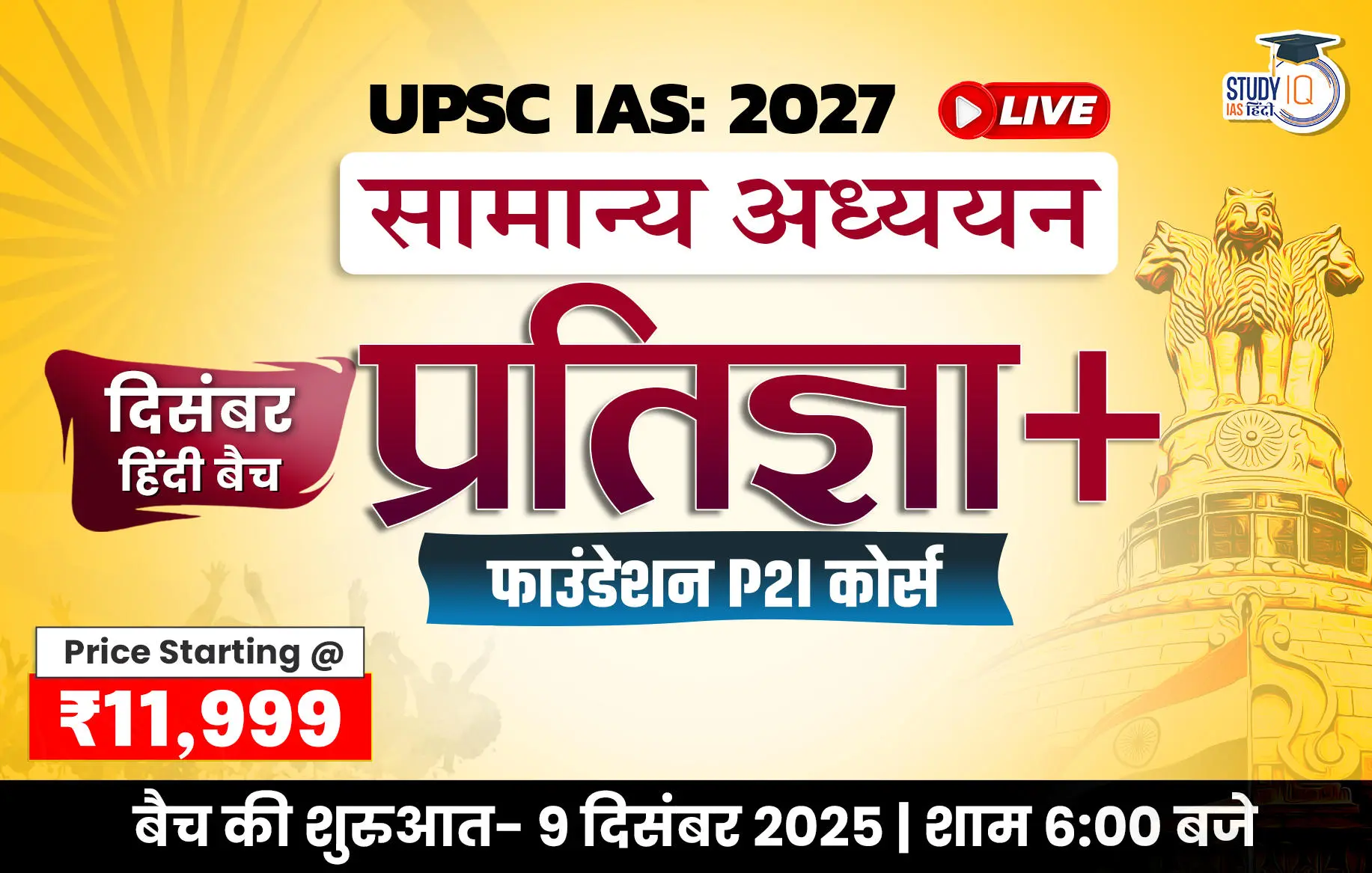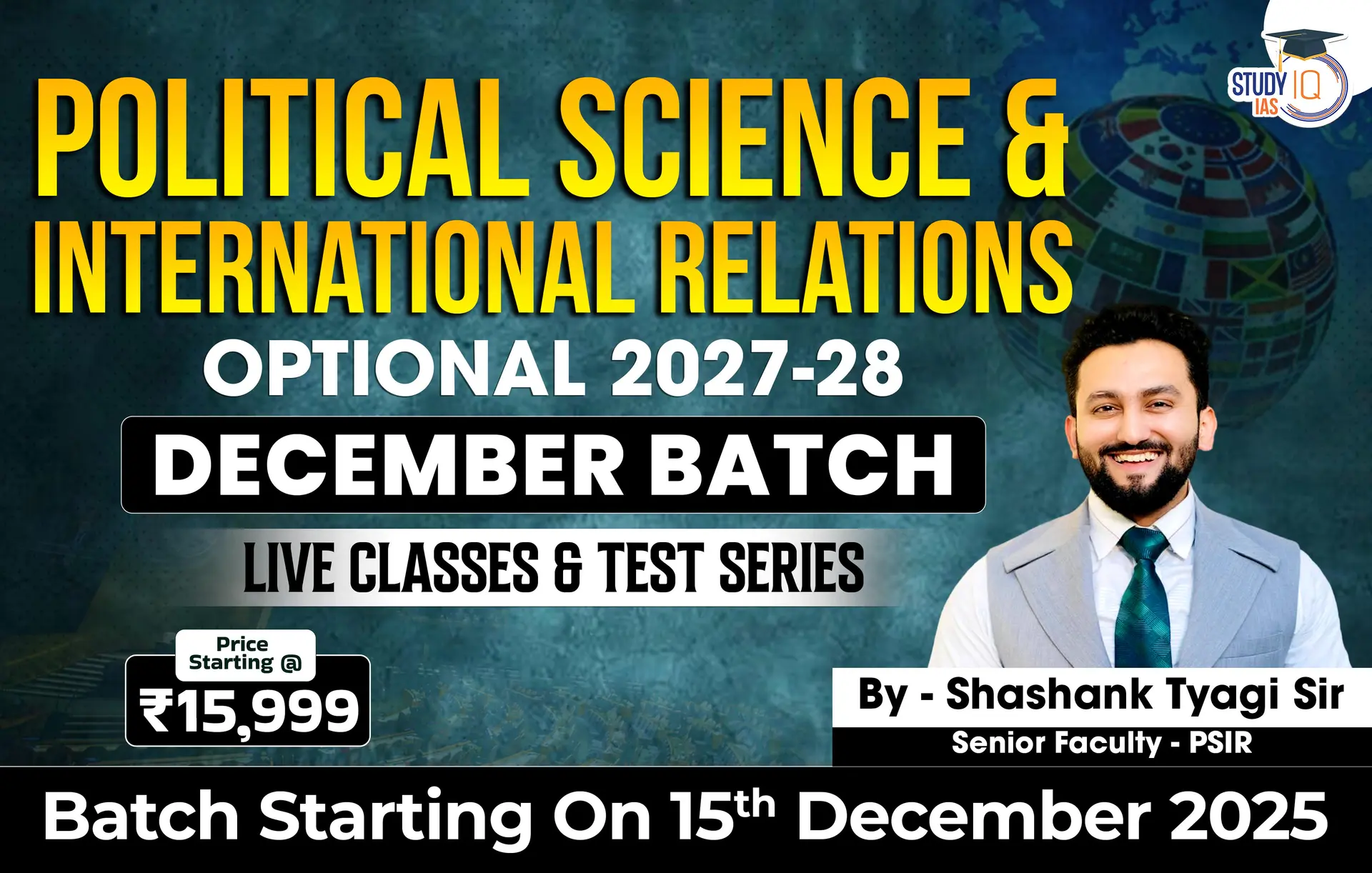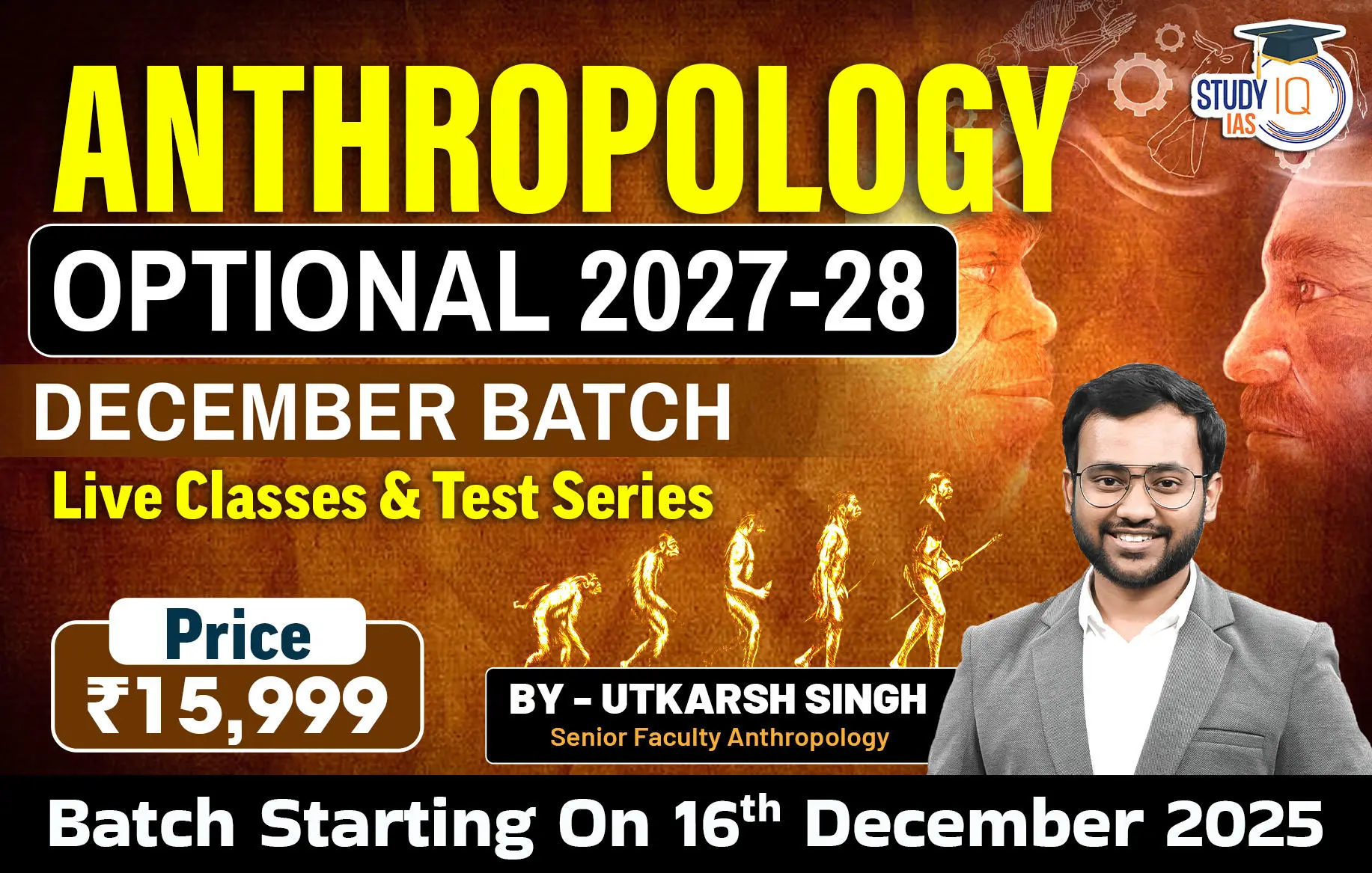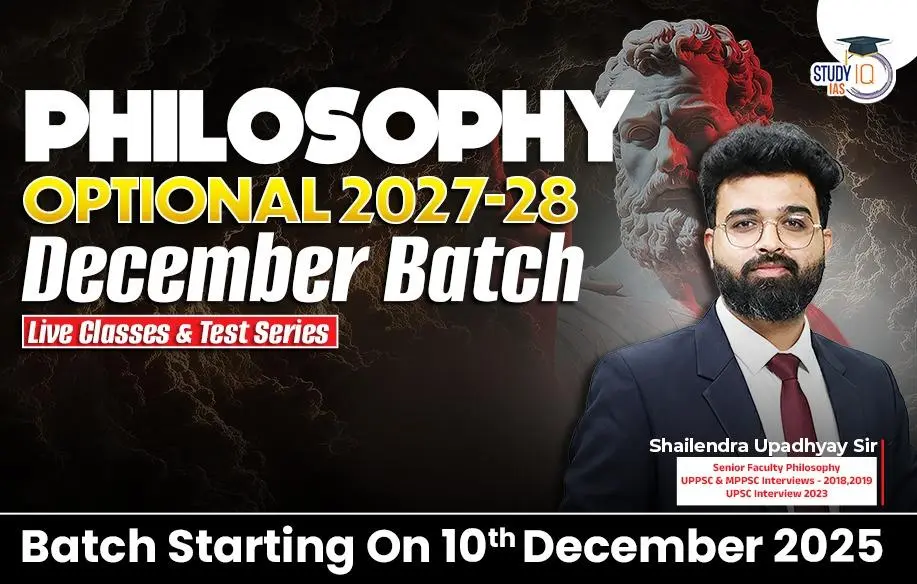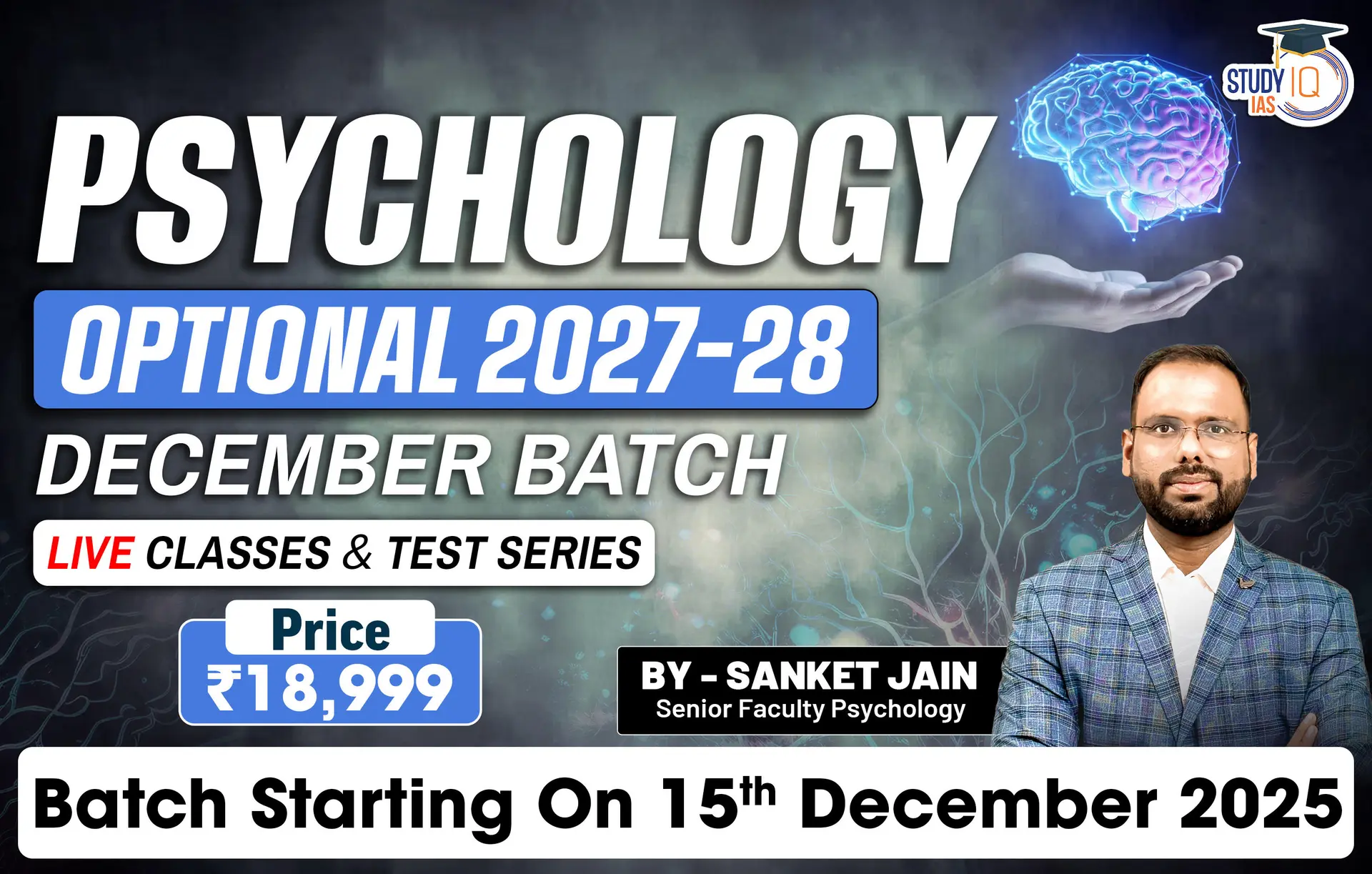Table of Contents
Context
Recently air pollution levels in Delhi reached approximately eight times the safe limit set by the World Health Organization (WHO).
Major Air Pollutants
- Particulate Matter (PM2.5 and PM10): Tiny particles remaining suspended in the air. PM2.5 is more harmful as it can penetrate deep into the lungs.
- Sources: Vehicle emissions, industrial processes, construction and burning of biomass or fossil fuels.
- Nitrogen Dioxide (NO2): A toxic gas that irritates the respiratory system.
- Sources: Vehicular exhaust, industrial activities and power plants.
- Sulphur Dioxide (SO2): Causes respiratory problems and contributes to acid rain.
- Sources: Coal-burning power plants, industrial emissions and burning of fossil fuels.
- Carbon Monoxide (CO): It is an odourless, colourless gas that can cause sudden illness and death if inhaled.
- Sources: Incomplete combustion from vehicles, biomass burning, and industrial activity.
- Ozone (O3): A major component of smog, it harms the respiratory system.
- Sources: Formed by chemical reactions between NOx (nitrogen oxides) and volatile organic compounds (VOCs) in the presence of sunlight.
- Volatile Organic Compounds (VOCs): Organic chemicals that contribute to ground-level ozone formation.
- Sources: Vehicle emissions, industrial processes, and the use of solvents and paints
Facts |
| ● India is the third most polluted country in the world.
● India is the world’s largest emitter of sulphur dioxide (SO2 worldwide. |
About WHO limits on Air pollution
- Particulate matter (PM2.5): The annual mean concentration should not exceed 5 μg/m3.
- µg/m3 is an abbreviation for micrograms per cubic metre.
- Nitrogen dioxide (NO2): The annual mean concentration should not exceed 10 μg/m3.
- Ozone (O3): The peak season mean 8-hour concentration should not exceed 60 μg/m3.
- PM10: The annual mean concentration should not exceed 15 μg/m3, and the 24-hour mean concentration should not exceed 45 μg/m3.
- Sulphur dioxide (SO2): The 24-hour mean concentration should not exceed 40 μg/m3.
- Carbon monoxide (CO): The 24-hour mean concentration should not exceed 7 μg/m3.
India’s initiatives to curb Air pollution
- National Clean Air Programme (NCAP): It was launched in 2019 to improve air quality in 131 cities across 24 States and UTs.
- Implementing Agency: Central Pollution Control Board (CPCB)
- Target: To reduce the concentration of Particulate Matter (PM) by 40% by 2026 (Base Year: 2019-20)
- National Ambient Air Quality Standards (NAAQS) by CPCB:
- Pollutants covered: PM10, PM2.5, Nitrogen Dioxide (NO2), Sulphur Dioxide (SO2), Carbon Monoxide (CO), Ozone (O3), Ammonia (NH3), Lead (Pb), Benzene, Benzopyrene, Arsenic, and Nickel.
- National Air Quality Index (NAQI):
- Pollutants covered: PM10, PM2. 5, NO2, SO2, Carbon Monoxide (CO), Ozone (O3), Ammonia (NH3), and Lead (Pb).
- System of Air Quality and Weather Forecasting and Research (SAFAR)
- Pollutants covered:5, PM10, Ozone, Carbon Monoxide (CO), Nitrogen Oxides (NOx), Sulphur Dioxide (SO2), Benzene, Toluene, Xylene, and Mercury.
- It is an initiative of the Ministry of Earth Sciences not of the Ministry of Environment.
UPSC PYQ |
| Q. In the context of WHO Air Quality Guidelines, consider the following statements: (2022)
1. The 24-hour mean of PM2.5 should not exceed 15 ug/m³ and annual mean of PM2.5 should not exceed 5 µg/m³. 2. In a year, the highest levels of ozone pollution occur during the periods of inclement weather. 3. PM10 can penetrate the lung barrier and enter the bloodstream. 4. Excessive ozone in the air can trigger asthma. Which of the statements given above are correct? (a) 1, 3 and 4 (b) 1 and 4 only (c) 2, 3 and 4 (d) 1 and 2 only Answer: B |


 Economy Beyond Headline Numbers: Why Ind...
Economy Beyond Headline Numbers: Why Ind...
 Digital Constitutionalism in India: Prot...
Digital Constitutionalism in India: Prot...
 SSC GD Constable Recruitment 2026: 25,48...
SSC GD Constable Recruitment 2026: 25,48...


